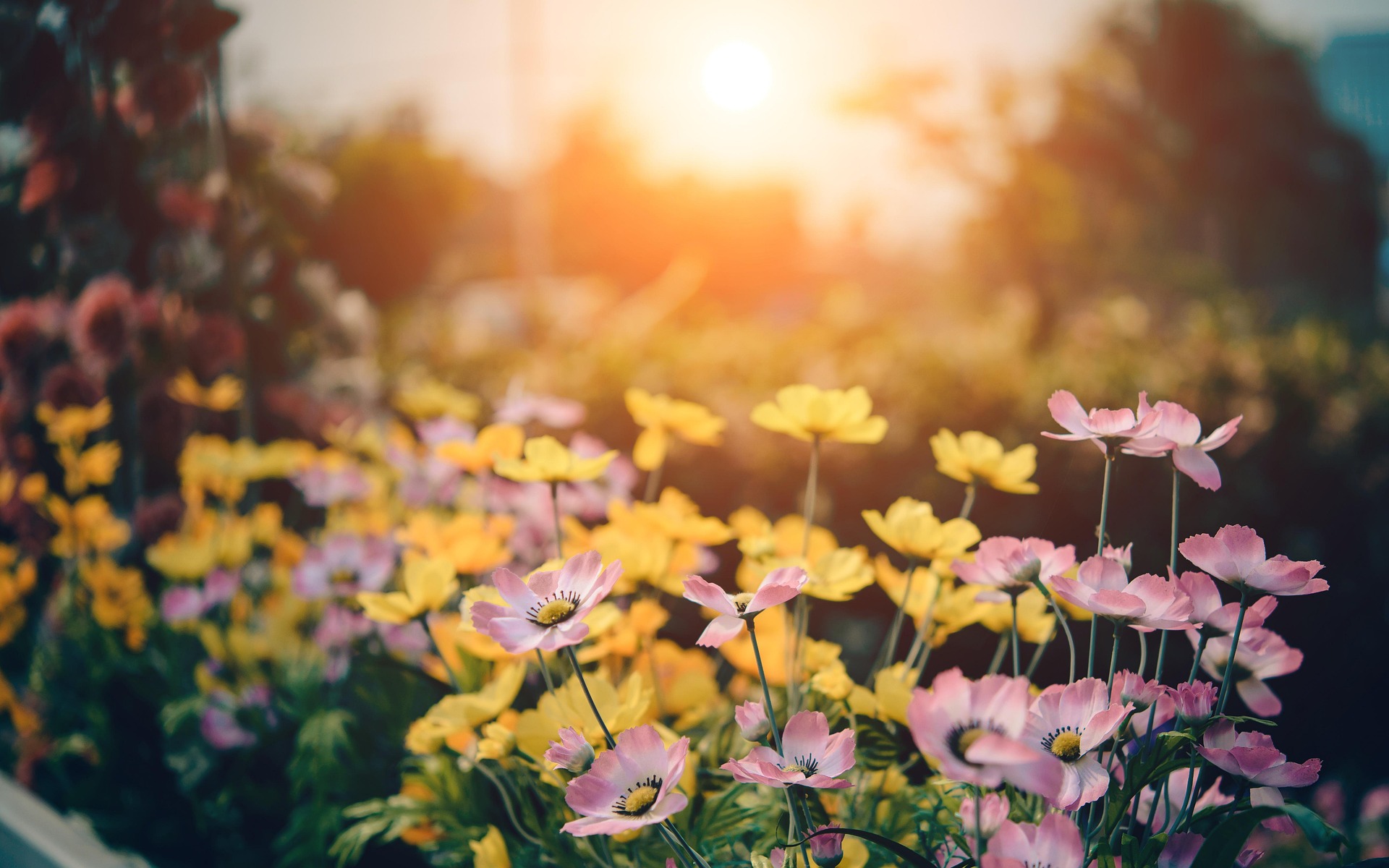Sustainability in Your Garden: The Rise of Eco-Gardening
The gardening world is ablaze with a new trend—eco-gardening. This environmentally friendly approach to horticulture is taking root in gardens across the globe, promoting biodiversity, reducing waste, and combating climate change. As gardeners increasingly realize their role in environmental stewardship, eco-gardening is set to become the new norm. Read below.

A Deeper Dive into Eco-Gardening
Eco-gardening is all about working with nature instead of against it. It encourages biodiversity by providing habitats for various species and promotes the use of organic methods to maintain plant health. The trend also emphasizes the importance of using sustainable materials and reducing waste. For those interested in embracing this trend, there are several key steps to creating an eco-friendly garden.
Promoting Biodiversity in Your Green Space
Biodiversity is essential for a healthy ecosystem. By planting a variety of native plants, you can attract and support a range of wildlife, from bees and butterflies to birds and mammals. Choose plants that flower at different times to provide a year-round food source for pollinators. Consider adding a pond or birdbath to attract even more wildlife.
The Role of Composting and Organic Gardening
Composting is a key principle of eco-gardening. It reduces the amount of household waste going to the landfill and provides nutrient-rich soil for your plants. Similarly, applying organic gardening methods, such as using natural pest control and avoiding synthetic fertilizers, can improve soil health and prevent harmful chemicals from entering waterways.
Choosing Sustainable Materials
The materials you use in your garden can also have an environmental impact. Consider switching to peat-free compost, as peat extraction is harmful to ecosystems. Opt for sustainable wood for garden furniture and structures, and choose eco-friendly pots made from biodegradable materials or recycled plastic.
Reducing Water Use
Water conservation is another critical aspect of eco-gardening. Collect rainwater for watering plants and choose drought-resistant species to reduce water use. Incorporating mulch into your garden can also help retain soil moisture.
Useful Tips and Facts: - Native plants require less maintenance and are more likely to thrive. - Composting not only reduces waste but also improves soil structure and fertility. - Avoid single-use plastics in the garden. Opt for reusable or biodegradable alternatives. - Mulching can suppress weeds, conserve water, and improve soil health.
Conclusion:
Eco-gardening represents a shift towards a more conscious and sustainable approach to horticulture. It’s not just about creating a beautiful space, but also nurturing an environment that supports biodiversity and reduces our ecological footprint. With these tips, you can start your journey towards a more sustainable garden and contribute to a healthier planet. Embrace the eco-gardening trend in 2022 and beyond, and become a part of the solution to our environmental challenges.




